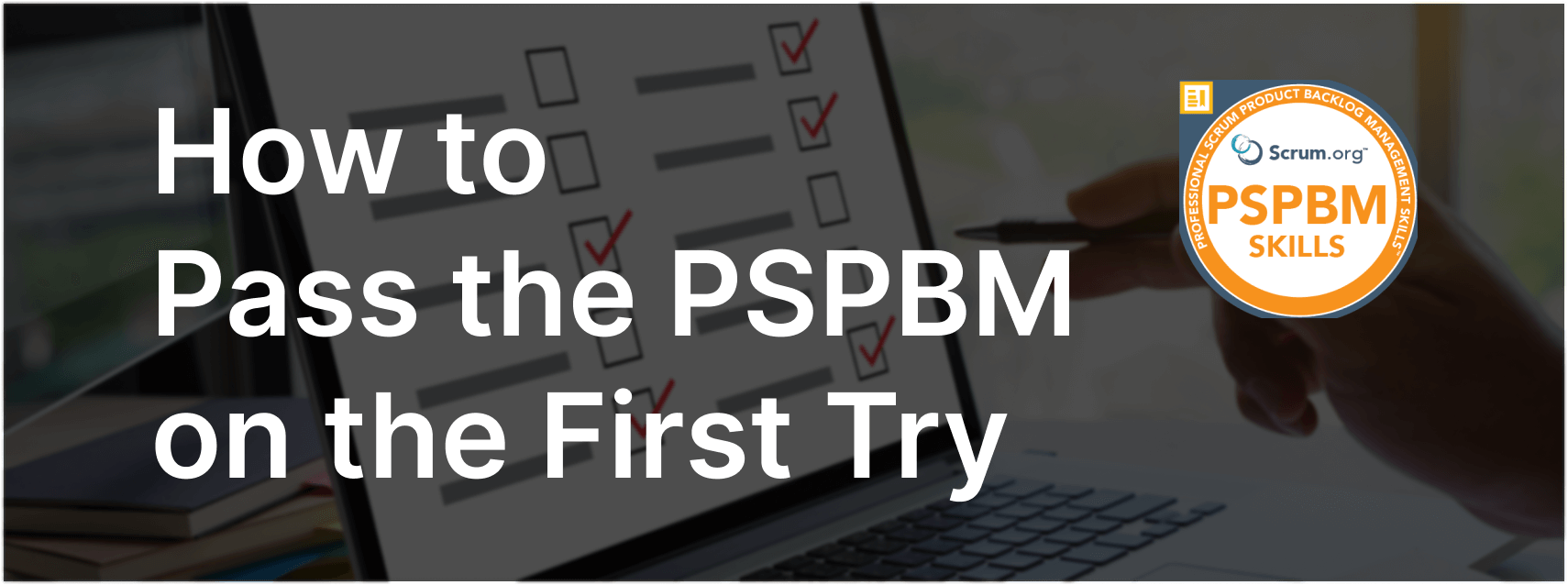Handling Unplanned Requests During a Sprint
Unplanned work during a Sprint can disrupt the team’s ability to achieve the Sprint Goal. It’s crucial to handle such requests in a way that maintains focus and productivity.
Exam Question
During the Sprint, a small feature enhancement request that is unrelated to the Sprint Goal is made directly to the Developers by a very influential stakeholder. The stakeholder insists that the item needs to be incorporated into the current Sprint. The Developers are unsure whether they have the capacity to complete the enhancement without impacting their ability to meet the Sprint Goal. What is the best course of action to take?
(choose the best answer)
A. The Developers should discuss the request with the Product Owner and decide together if they should add the work to the Sprint.
B. The Developers should immediately evaluate the enhancement and determine how much work it will take to complete.
C. The Developers should accept and complete the small enhancement in the current Sprint.
D. The Developers should add the enhancement to the Product Backlog and discuss it in the next Sprint Review.
Correct Answer
A. The Developers should discuss the request with the Product Owner and decide together if they should add the work to the Sprint.
Explanation
Correct Answer
A. The Developers should discuss the request with the Product Owner and decide together if they should add the work to the Sprint:
The Scrum framework emphasizes collaboration and collective decision-making. When an unplanned request arises, it’s essential to involve the Product Owner since they are responsible for managing the Product Backlog and ensuring the team works on the most valuable items. This approach maintains alignment with the Sprint Goal and ensures the team is working on prioritized tasks.
Why the Other Options Are Less Appropriate
B. The Developers should immediately evaluate the enhancement and determine how much work it will take to complete:
While evaluating the effort is important, doing so without the Product Owner’s involvement overlooks the importance of prioritization and could lead to misaligned efforts.
C. The Developers should accept and complete the small enhancement in the current Sprint:
Accepting unplanned work without considering its impact on the Sprint Goal and without the Product Owner’s input can disrupt the team’s focus and commitment to the Sprint Goal.
D. The Developers should add the enhancement to the Product Backlog and discuss it in the next Sprint Review:
Adding the item to the Product Backlog is a good practice, but waiting until the next Sprint Review may delay valuable feedback. It’s more efficient to discuss the request promptly with the Product Owner.
Relevance to the PSPBM Skills Exam
Understanding how to handle unplanned work and stakeholder requests is essential for the PSPBM Skills exam. This knowledge ensures that Product Owners and Scrum Teams can effectively manage and prioritize work, maintaining focus on the Sprint Goal while remaining responsive to stakeholder needs.
Key Takeaways
- Collaboration with the Product Owner is crucial when handling unplanned requests.
- Prioritization and impact on the Sprint Goal should guide the decision-making process.
- Maintaining alignment with the Sprint Goal ensures the team’s efforts are focused and productive.
Conclusion
Handling unplanned requests effectively requires collaboration and careful prioritization. By involving the Product Owner and considering the impact on the Sprint Goal, Scrum Teams can ensure they remain focused on delivering the most valuable work. For more information on preparing for the PSPBM Skills exam, visit our Professional Scrum Product Backlog Management Skills PSPBM™ Exam Prep.



